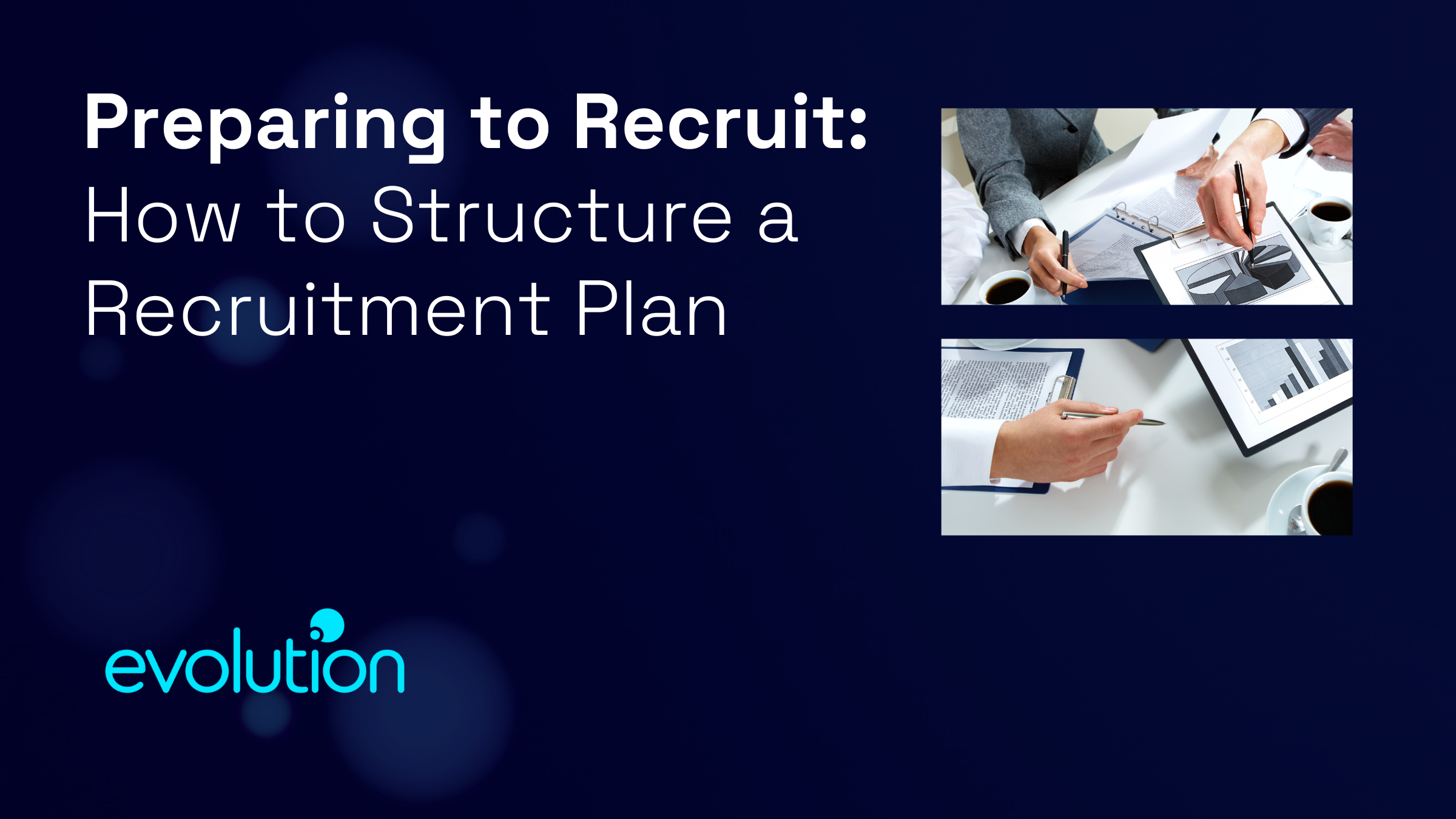
A recruitment plan is a roadmap for addressing the hiring needs of an organization. It can not only optimize your hiring process and resources, but also help you stay within budget and keep track of hiring timelines.
A well-structured recruitment plan will ensure that you are hiring the right people at the right time to meet your company’s needs and achieve your business goals. It may take some time and effort upfront, but the benefits it brings to your approach to recruiting are well worth it.
Understanding what the goal of your organisation is plays an important part in your recruitment strategy.
One of Evolution’s clients, Fujitsu, have set ambitious diversity targets for hiring and required a full change of their hiring process in order to meet their needs. Evolution had undertaken a supplier review with Fujitsu using a traffic light system to highlight what is being done and what needs to be improved – ensuring that incremental change occurs each time. These changes include improving CV feedback time, reducing the number of interview stages and coaching hiring managers to sell Fujitsu at interview with the end goal of improving the candidate experience and Fujitsu’s reputation in the market. This is paired with market feedback and progress reports which ensure that hiring is proactive.
By developing a far more efficient hiring process with a focus on selling Fujitsu at interview, hiring has become more stream-lined and effective. The time to hire has reduced, diversity targets are being met and – through the use of regular supplier reviews – hiring keeps up with trends in the market.
Knowing your goal, as demonstrated in the example above, will inform your decision-making. After defining your goal, you can plan your actions and strategically choose the tools, social media platforms and job boards that will assist you in achieving it.
Create identification process. It is important that recruiters identify the departments that have the greatest need and find the areas of greatest weakness within the company. To do this, you will need to obtain an overview of your company’s employees which you can organise into a database. The most utilised data groups include salary, experience, department, departure date, contract type.
Conduct a skill gap analysis. This will help you find out what your organisation needs from a skill based level in order to strategically execute their plans for the future.
Stay informed of any future changes within the organisation. Are you going to lose an experienced Java Developer? Be prepared to initiate the recruitment process in a timely manner to maintain continuity of operations.
Creating a budget for your recruitment strategy will help ease stress and streamline the hiring process. By taking into account all potential costs, such as advertising and time to fill, a budget can guide recruitment decisions and allow for better control over cost per hire and recruiting yield ratios.
To ensure success, it is advisable to develop a recruitment budget in collaboration with the hiring team before any hiring process begins.
You can calculate your recruitment budget using your average cost per hire: Add up your total recruitment expenses from the previous year and divide by the number of hires made. Then, multiply your average cost by the number of hires you plan to make in the current year.
If you do not have this information, you can use your projected internal and external recruitment costs.
Consider the following when calculating your recruitment budget:
External costs:
Internal costs:
Every company has a unique culture that reflects the values, vision, and goals of the organization. Employees who are a fit with the company’s culture are more likely to be engaged and motivated, and to contribute to a positive work environment.
What values do your most successful team members share? If you had to identify common themes before your top performers, what would they be? Are there differences in these answers in different departments and locations?
Create a profile for each type of candidate you’re trying to attract. Consider your applicants age range, skill set (soft or technical) and personality traits. This will help you better understand their job searching habits and target specific platforms and job boards more effectively.
Depending on your company’s needs, you can focus your efforts on different approaches. Many companies resort to traditional push strategy such as posting job openings on job boards or reaching out to potential candidates on LinkedIn, however, utilizing a pull strategy can sometimes save time and resources by attracting the right individuals to your company.
One of the most important elements of a pull strategy is developing a strong employer brand. Your employer brand represents your company’s values, culture, and work environment, and should attract the type of talent that aligns with your company’s vision and goals. By having a compelling employer brand, you can encourage top-notch candidates to actively seek out your company as a preferred employer for their next career move.
However, don’t limit yourself to just these two strategies. In certain hiring scenarios, unconventional thinking may be necessary. Be open to experimenting with new ideas while keeping your end goal and your target candidate in mind.
To illustrate this, let’s take a closer look at Evolution’s partnership with BT which required an innovative way of attracting talent. BT engaged the services of Evolution to recruit high level executives, including a Chief Product Officer and Chief Data Architect. To achieve this, Evolution highlighted an upcoming data event for businesses at Cognex in London, which BT subsequently sponsored and participated as a speaker. After the event, a dinner was organized exclusively for guests of BT. Although the dinner was not marketed as a recruitment event, BT representatives were strategically placed at each table to network and promote job opportunities within the company. As a result of this higher level engagement, the new Chief Product Officer and Chief Data Architect were both found at this event.
Other strategies for finding potential candidates may include:
Draw up a job description outlining the role, responsibilities, expectations and targets you expect your chosen candidate to achieve. An effective job description should include the following elements:
Splitting the job criteria into different categories can be useful for potential applicants to decide whether they are the right fit for the role and for the employer to determine who to invite to interview. For example:
Even if a specific role has been part of your company since day one, the job description should get a refresher as often as needed to accurately reflect the duties, challenges, and requirements to do it well. Gather input from individuals currently performing the role, as well as their direct supervisors, so that the written job description is a true reflection of the role.
Recruiting great candidates can be a challenge, but with effective screening processes in place, recruiters can quickly narrow down the list of applicants. The more careful you are at this stage, the less time you’ll lose at the interview stage.
Here are ways you can screen candidates before the interview:
Social media screening allows employers to understand a candidate’s behavioural characteristics that may not have been revealed during the interview process. But it has its risks. You can only check a candidate’s social media profiles if they are in the public domain. If their profiles are set private, you can not screen their social media profiles. Secondly, you must have good reason not to hire a candidate following a social media screening.
You can remove a candidate from the application process if they are:
Once applications are coming in, shortlisting and screening candidates defines the final number to progress to interview. The interview is your opportunity to confirm the candidates’ qualifications, determine if the job matches their expectation and see if they fit in with your company culture. A CV only tells part of the story, but hearing the candidate’s tone of voice and assessing their direct answers will provide a much more detailed insight into their personality.
Depending on the job, the process can include practical tests, assessments, and second and third stage interviews, followed by feedback to let candidates know if they’re successful.
The two most commonly used types of interview questions are:
Different types of interview have different advantages and disadvantages:
Tailor your interviewing approach, format, and goal to align with your business strategy, industry, and the specific job position being offered. Work to your strengths and try different techniques to see what works best.
Here is how Evolution AVEVA’s growth following its acquisition by Schneider Electric by providing agile recruitment services during a transitionary period, despite a difficult climate:
Requiring mainly DotNet Developers, Evolution deployed technical specialists to provide niche knowledge on that market. From there, Evolution started a three-step process to gather the right requirements and find the right candidates. The process began with qualification calls, where fact-finding questions were asked to gain a deeper understanding of the role, the company, and the team the candidates will be working with.
Once a clear understanding of the unique characteristics of the role, company, and team was established, the role was marketed to Evolution’s database of over 2 million unique candidates, as well as leveraging their consultants’ existing networks. A shortlist of candidates was quickly prepared, and interviews began. Evolution arranged all the interviews for the client, allowing for efficient and successful candidate selection. Using WhatsApp as the main communication tool enabled rapid, proactive action in response to potential challenges. Regular check-ins with both the candidate and the client ensured that both parties were well-looked during the onboarding and probation period. Close attention to detail, even after the candidate has been placed, allowed Evolution to continue to grow and nurture a growth-minded relationship with both the candidate and the client.








Privacy Policy |
Cookie Policy
© Copyright Evolution Recruitment Solutions Ltd.